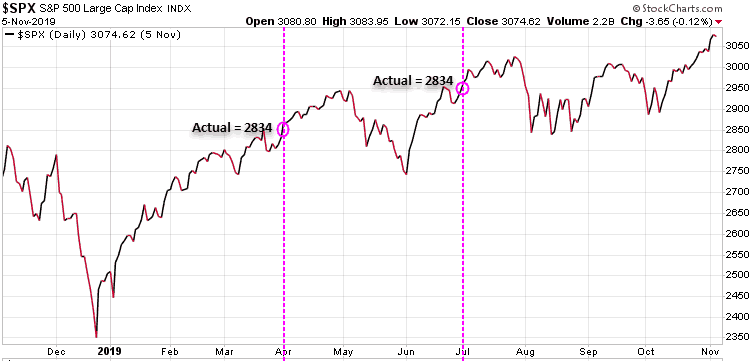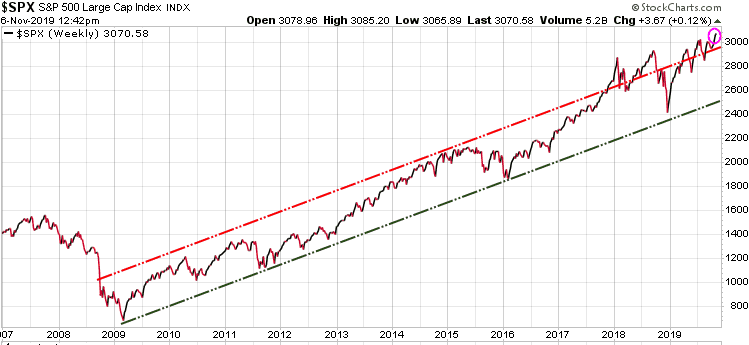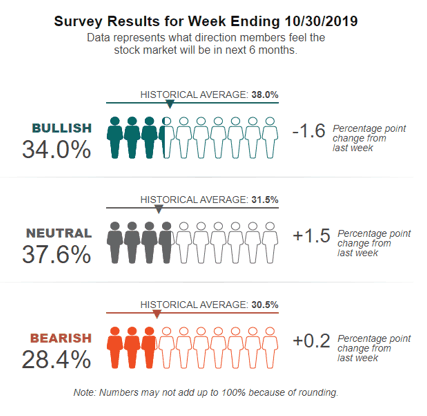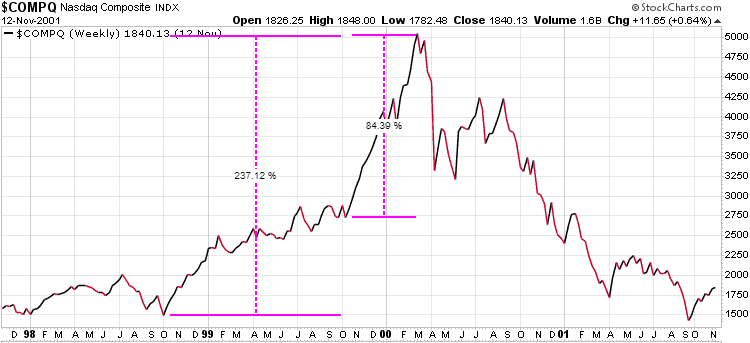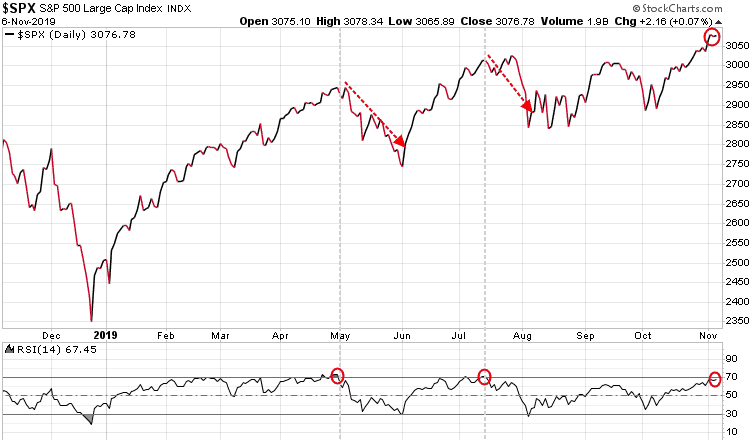New genes for you?

The idea behind gene and cell therapy is to introduce organic material into a body that needs help. Bone marrow transplants, also known as stem cell transplants, infuse either your own stem cells (autologous) or someone else’s stem cells (allogeneic) into your body. This is done when your bone marrow no longer produces healthy blood cells, often a result of cancer treatments (chemotherapy). Stem cell infusion enables the body to once again produce healthy blood cells.
Stem cell therapy is well established in mainstream medicine. However, gene therapy has lagged behind, as the research is difficult, and one infamous human test failed badly, ending in the death of the patient. The idea with gene therapy is to introduce a healthy gene into the body, replacing all of the unhealthy genes, such as the gene that causes Cystic Fibrosis. The idea is sound in that we can now positively identify problem genes and we can identify and isolate good genes to replace them with. The really difficult part is finding a safe and effective way to get the good gene into the body; that’s where viruses come in, as viruses can be used to carry the good genes into the body. Finding a safe and effective virus has been the challenge for several years, as many viruses, even when used as just a carrier of a good gene, can be rejected by the body and cause severe problems, even death.
The original virus used as a gene carrier was “adenovirus”, which elicited problematic immune responses in humans. However, the research moved on to “adeno-associated” virus (AAV), trying to reduce immune system responses. Researchers isolated over 120 AAV variants and eventually settled on AAV9 as the best of breed. This is the variant used in gene therapies today – all of this after about 20 years of development and testing.
Gene therapy is finally ready to enter the medical mainstream and it will attempt to tackle many conditions that have had no effective treatment until now. There are over 900 companies, large and small, developing new cell and gene therapies. In the USA the Food and Drug Administration (FDA) has reported a sharp increase in “Investigational New Drug” (IND) applications, all of which have to do with cell and gene therapy treatments. IND’s are an early step in gaining market approval in the USA. Here is the press release from the FDA:
“We anticipate that by 2020, we will be receiving more than 200 [cell- and gene-therapy] INDs per year, building upon our total of more than 800 active cell-based or directly administered gene therapy INDs currently on file with the FDA. And by 2025, we predict that the FDA will be approving 10 to 20 cell- and gene-therapy products a year based on an assessment of the current pipeline and the clinical success rates of these products.”
A big challenge for all of these bio-tech firms is to have enough raw materials for the development and testing of new treatments, so ramping up manufacturing needs to happen very soon. It is clear that the science is sound and the demand is here, so it is important to keep an eye on those companies that will have the capacity to provide materials like AAV9 in the quantities required.
These groundbreaking changes in medical treatments are disruptive in nature and should present solid investment opportunities.
TREND DISRUPTORS is monitoring these developments, and identifies investment opportunities that will lead to success for all well informed investors.
Note: Premium subscribers were just sent a new recommendation in this sector that we feel is in an excellent position to benefit from a major biotech boom.
Stay tuned!




